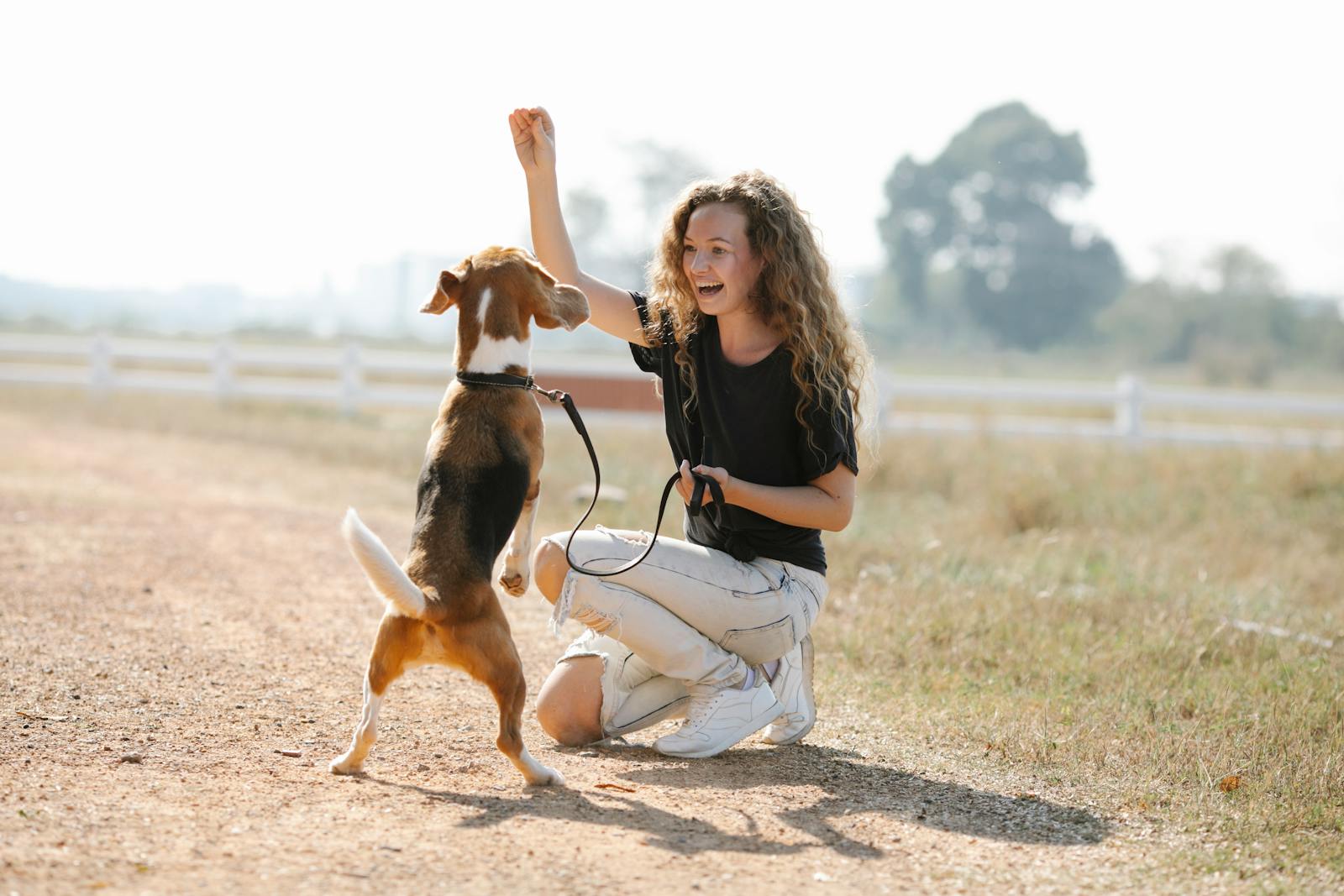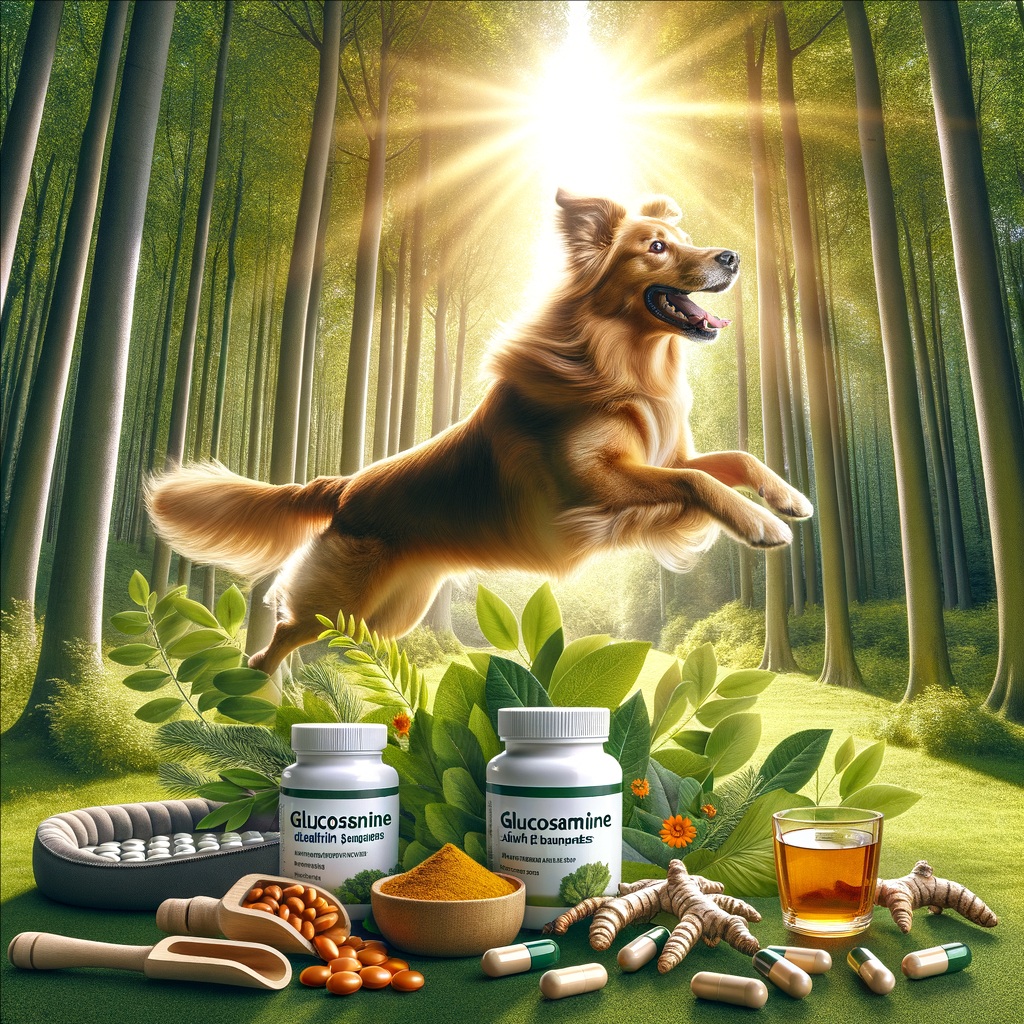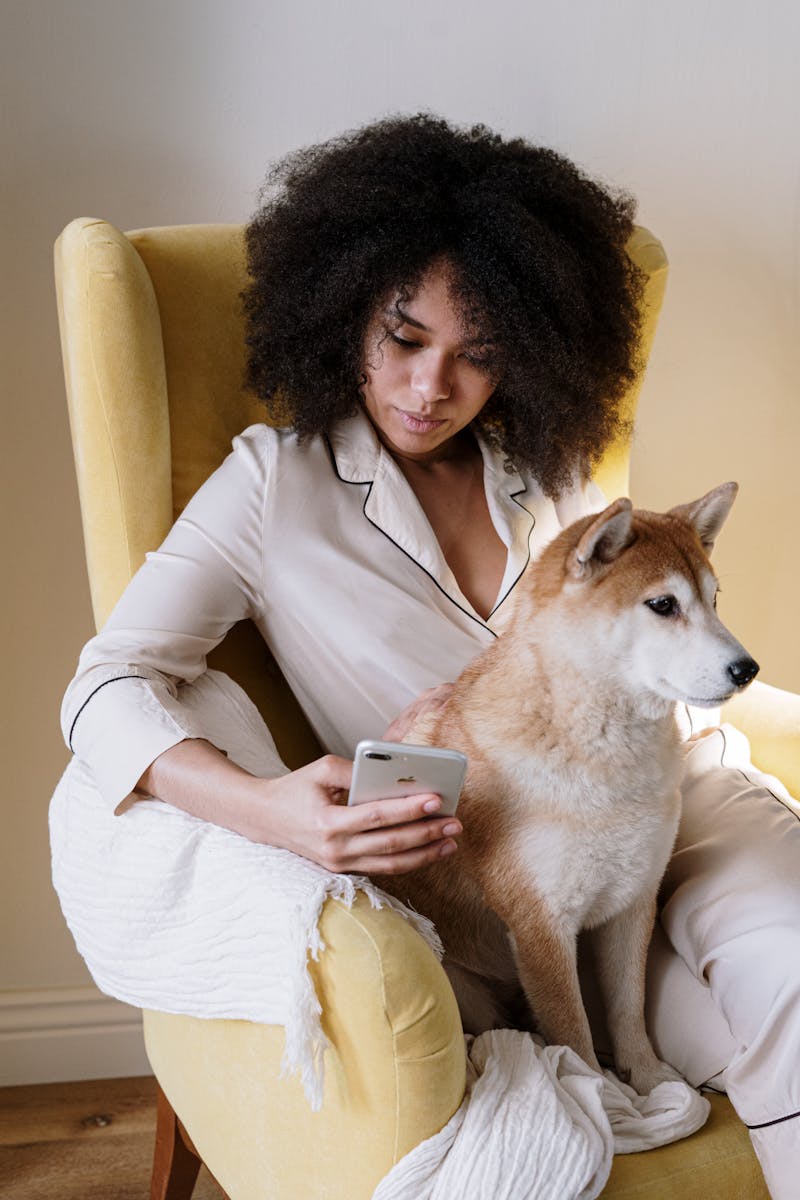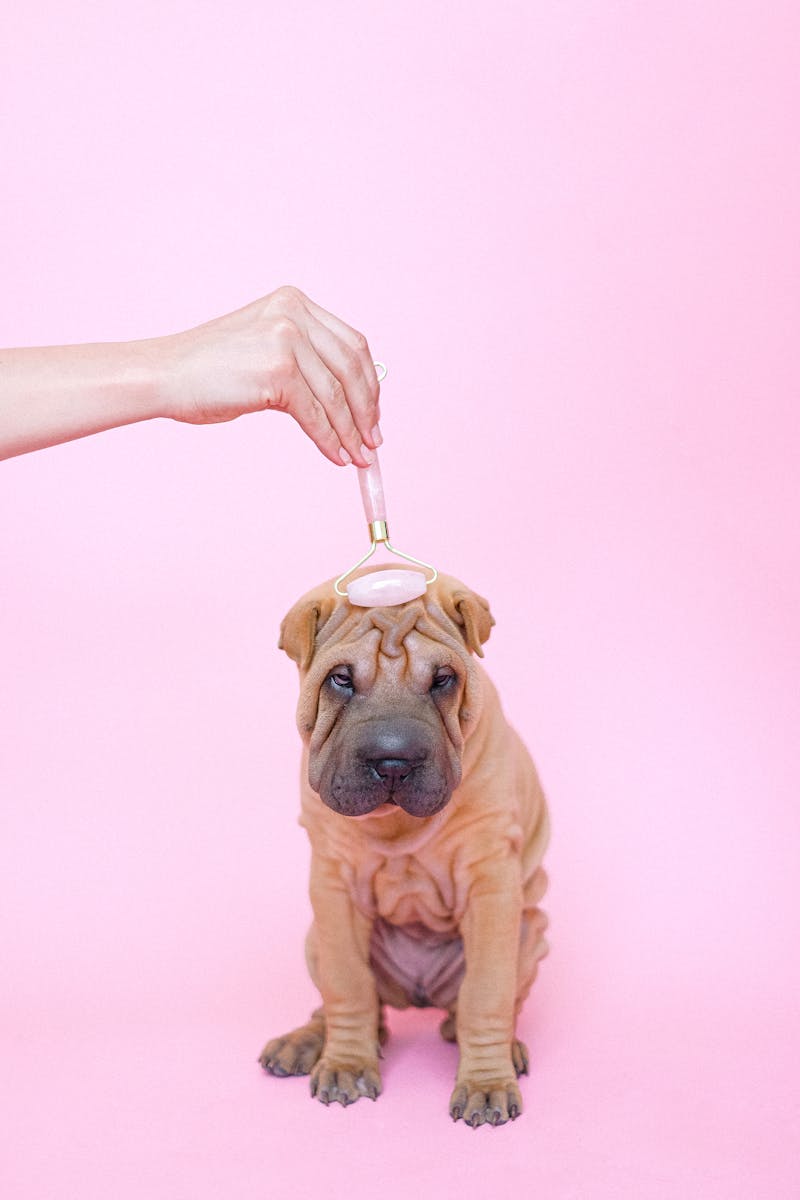Obedience Training Near The Science Behind Positive Reinforcement in Dog Training
Unlock the Secrets of Obedience Training: Explore the Science Behind Positive Reinforcement in Dog Training for Lasting Results and a Happy, Well-Behaved Pet at FetchQuest.info!
Obedience Training Near You: The Science Behind Positive Reinforcement in Dog Training
Let’s face it—training a dog can feel like a mix of science, art, and a little bit of magic. But when it comes down to what really works, positive reinforcement is the gold standard. It’s not just a trend—it’s backed by science, and it builds a stronger, happier bond between you and your pup.
At FetchQuest.info, we love helping dog owners learn the why behind training techniques, not just the how. So, if you’ve ever wondered why a simple treat or “good boy!” can make such a big difference, let’s unpack the science behind positive reinforcement and why it’s so powerful in obedience training.
What Is Positive Reinforcement?
Positive reinforcement is a training method where you reward behaviors you want to see more of. It’s all about adding something positive (like a treat, toy, or praise) immediately after your dog performs a desired action.
Think of it this way: your dog does something good, something rewarding follows, and your dog wants to do it again. Simple, right? But incredibly effective.
Why It Works: The Brain Science
Here’s where it gets really interesting—positive reinforcement taps into your dog’s brain chemistry.
When your dog receives a reward after performing a behavior, the brain releases dopamine, the “feel-good” chemical. This not only makes your dog feel happy but also strengthens the neural pathways associated with that behavior.
That means:
-
Your dog learns faster
-
Behaviors become habits
-
Your dog actually enjoys training sessions
And best of all, it creates a training environment built on trust and cooperation, not fear or confusion.
Key Benefits of Positive Reinforcement
So, what makes this method the top choice among modern trainers and behaviorists?
-
🐾 Builds a strong bond – Your dog associates you with good things and feels safe and understood.
-
🐾 Encourages confident learning – Dogs are more willing to try new behaviors when they know mistakes aren’t punished.
-
🐾 Reduces fear-based behavior – Unlike punishment-based methods, positive reinforcement doesn’t trigger stress or anxiety.
-
🐾 Effective for all ages and breeds – Puppies, seniors, rescues—any dog can benefit from it.
-
🐾 It’s fun! – Training becomes a game both you and your dog look forward to.
What Counts as a “Reward”?
Every dog is different, so part of your job is figuring out what makes your dog’s tail wag with excitement. Some common forms of reinforcement include:
-
✅ Treats – Small, tasty, and easy to chew. Save the really good ones (like freeze-dried liver) for tough commands.
-
✅ Praise – A happy “Yes!” or “Good job!” said in a cheerful voice can go a long way.
-
✅ Toys or playtime – A quick game of tug or fetch works great for dogs that love action.
-
✅ Affection – Belly rubs, head pats, or ear scratches can be the ultimate reward for some pups.
Timing is key—the reward needs to happen immediately after the desired behavior to help your dog make the connection.
Common Mistakes to Avoid
Even with a great technique like positive reinforcement, there are a few pitfalls to watch out for:
-
❌ Rewarding too late (which can reinforce the wrong behavior)
-
❌ Using treats your dog doesn’t care about
-
❌ Skipping consistency—training should happen regularly
-
❌ Asking too much too fast—build up gradually
Start small, celebrate small wins, and always end on a high note.
Putting It All Together
Let’s say you’re working on “sit.” The moment your dog’s bottom touches the floor—boom! You say “yes!” and hand over the treat. That pairing of a word + reward becomes a supercharged cue that helps your dog learn lightning fast.
The more your dog connects following your cues with great outcomes, the more they’ll want to listen.
Final Thoughts
Positive reinforcement isn’t just about treats—it’s about building a communication system based on trust, motivation, and encouragement. It works with your dog’s natural instincts and learning style, making training not just effective, but joyful.
Want more tips on reward-based training, step-by-step guides, and how to choose the best training treats? Head over to FetchQuest.info—your go-to resource for all things obedience, nutrition, and happy pet parenting.
Training should be a celebration—and with positive reinforcement, it always is. 🎉
Keywords: obedience training, positive reinforcement, dog training techniques, canine behavior, fetch quest, reward-based training, dog obedience, training methods, positive dog training, science of training, effective dog training, obedience commands, motivation in training, behavior modification, training success
news via inbox
Nulla turp dis cursus. Integer liberos euismod pretium faucibua





